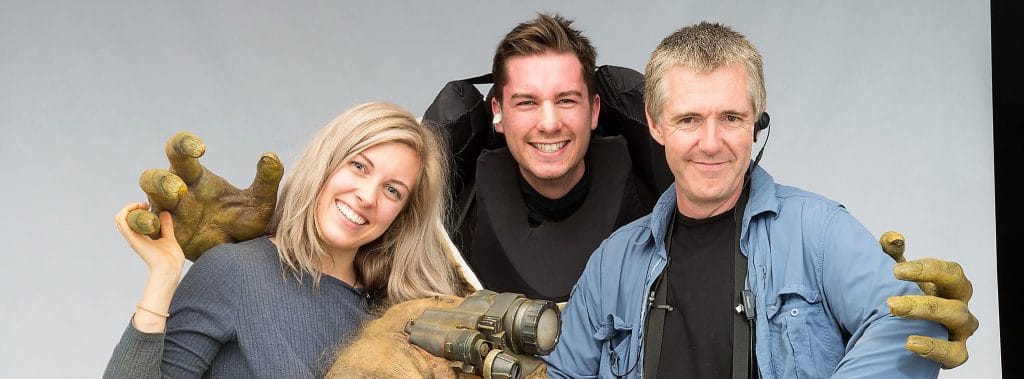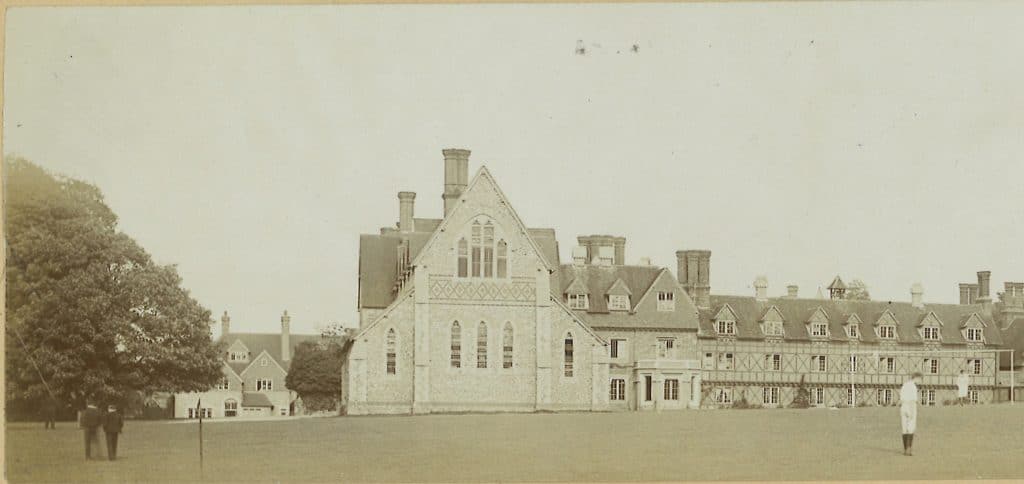After deciding to pursue a career in carpentry, the former D House pupil began looking to find a job to fill the gap before he was able to start on a course.
“I used to come down this way to play cricket when I was at Bradfield so knew the area and found out that Chase Cricket had a job opening. I spoke to Dan who owns and runs the business who asked me if I could glue two bits of wood together. I replied that I could certainly try and I have been here ever since.”
Chase have been designing and handcrafting cricket bats since 1996 using locally sourced salix alba caerulea willow and working with a natural material of such a high quality is one of the most appealing aspects of what is one of the rarest jobs in England.
“There are not many bat makers left in the UK. It is a real specialist job where you have to understand the English cricket pitches as well as the English market and what customers want from a cricket bat. People are looking for chunkier bats with huge edges because they are fashionable but you what makes Chase great is its ability to explain to our customers why we make the bats the way we do and they genuinely appreciate that.”
That sentiment is echoed by Daniel Swaine, Managing Director, who tells me that the company’s philosophy and expert advice are what sets them apart from their competitors. “We don’t try to complicate what we do but our attention to detail means that the finished product that leaves here is one of the best on the market. Each bat’s look, performance and longevity are all important and expert advice is essential when choosing a new cricket bat.”
Equally impressive is that they source all of the materials, except for the handle, from the UK. Each cleft of willow is sourced from the South East, some is even grown right out the front of the workshop, the twine wrapped around the handle is bought from Glasgow and the branding stickers are manufactured in High Wycombe.
Tom is not the only link Chase have with Bradfield as the company provides sponsorship to current pupil and England Academy prospect Lauren Bell (J), who scored a beautifully-timed boundary with her Chase bat playing for the Southern Vipers in the Kia Women’s Super League this summer, as well as Old Bradfieldian and Kent Second XI batsman Harry Came (D 12-16) who has scored three centuries with his Chase bat this season.





